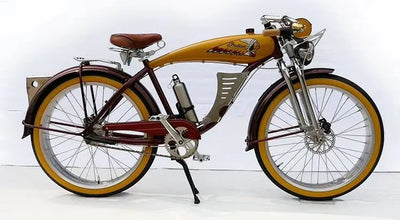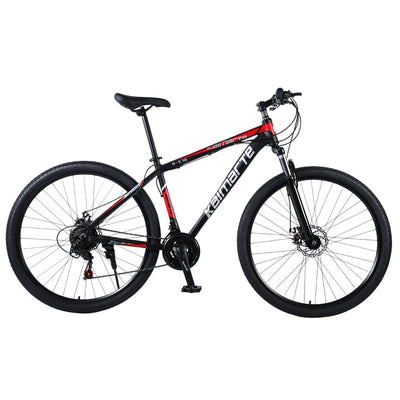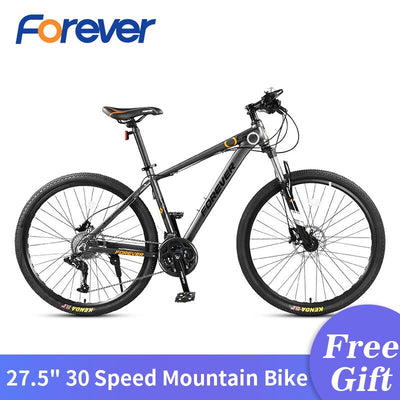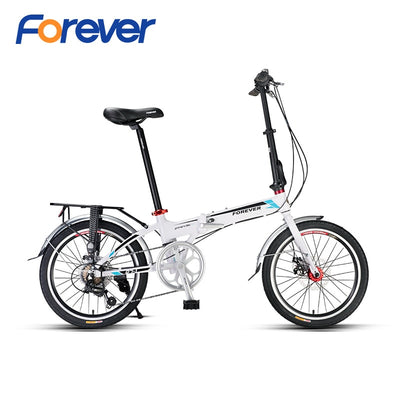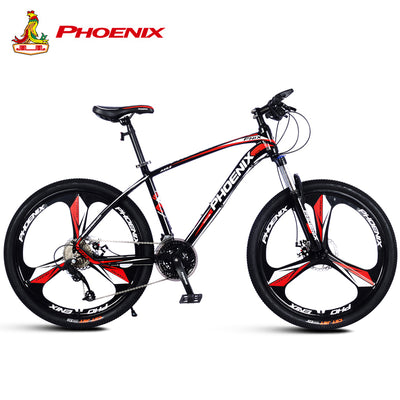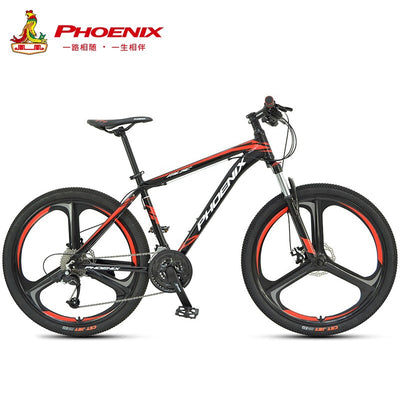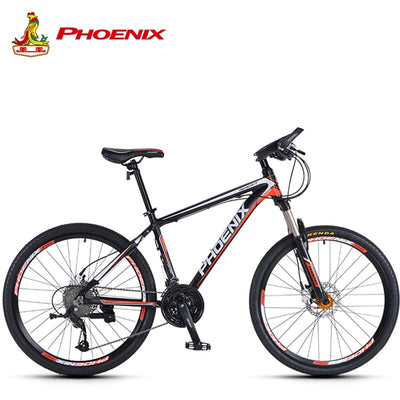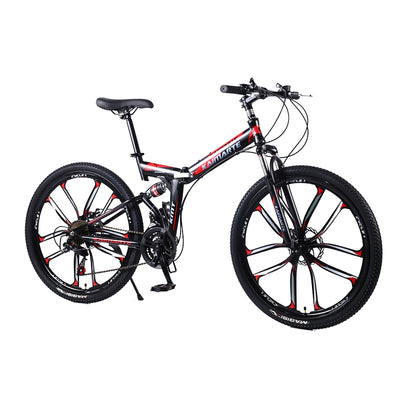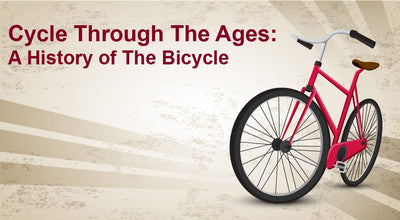The sun is shining and the birds are chirping, which means that the unnecessary heat that permeates overcrowded subway cars and packed buses is about to make your daily commute into a three-month stretch of sweaty misery. If you’re interested in avoiding this ordeal altogether—or simply picking up a two-wheeled method of burning hundreds of calories per hours—now is a great time to become the bicycle person you’ve always wanted to be.
This task is not as simple as buying a bike, adjusting the seat to a height that looks like the right one, and pedaling off into the sunset. There are a lot of variables, from using the right equipment to wearing the right gear, that will determine whether this experience will be a productive one, or just one that makes your butt ache. For those hoping to channel their inner pre-doping scandal Lance Armstrong this summer, a few experts gave us the rundown on everything you need to know first.
There are major differences between “the right bike” for the guy who, for example, rides to the office in chinos, and the guy who aspires to win an Ironman Triathlon.
“What are your goals for riding?” asks Seth Rand of Specialized. “Bikes are versatile machines, but they’re purpose-built to be best suited for a specific type of riding experience. Maybe it’s casual riding. Or maybe it’s riding on gravel and mixed terrain, or bikepacking. [Ed. note: Bikepacking sounds legit.] You can do a lot with a bike, but choose one that excels at what you want to do most.”
Even after you settle on the high-level why, you’ll still have a few more decisions to make before heading to the bike shop. Road bikes, for instance, come with additional cool-sounding designations—racing, endurance, adventure, gravel, cyclocross, and touring, to name just a few. “The nuances can be tricky for new players,” says Nathan Barry, a Cannondale design engineer. “Generally, the biggest differences are geometry—how you sit on the bike—and tire size. For example, gravel, adventure, and cyclocross bikes are all designed to work on unpaved surfaces with big knobby tires.”
From there, it’s about how much you’re willing to spend. Cost can vary dramatically, from as little as $150 to somewhere in the low five figures. (Yes, just like your last car, payment plans are a legitimate option.)
Before you walk out the door with your new bike, put aside the proud, dumb part of you that believes you can figure things out as you go along, and ask for help. “You don’t buy a $3,000 suit without having it tailored, so don’t buy a bike without getting a bike fit,” says Taylor Phinney, a Cannondale pro cyclist. “There are a lot of small adjustments that can make a big difference in regard to comfort and injury prevention.” A properly-adjusted ride for your height, weight, age, gender, and personal preferences will enable you to ride with a minimal out-of-the-box break-in period.

